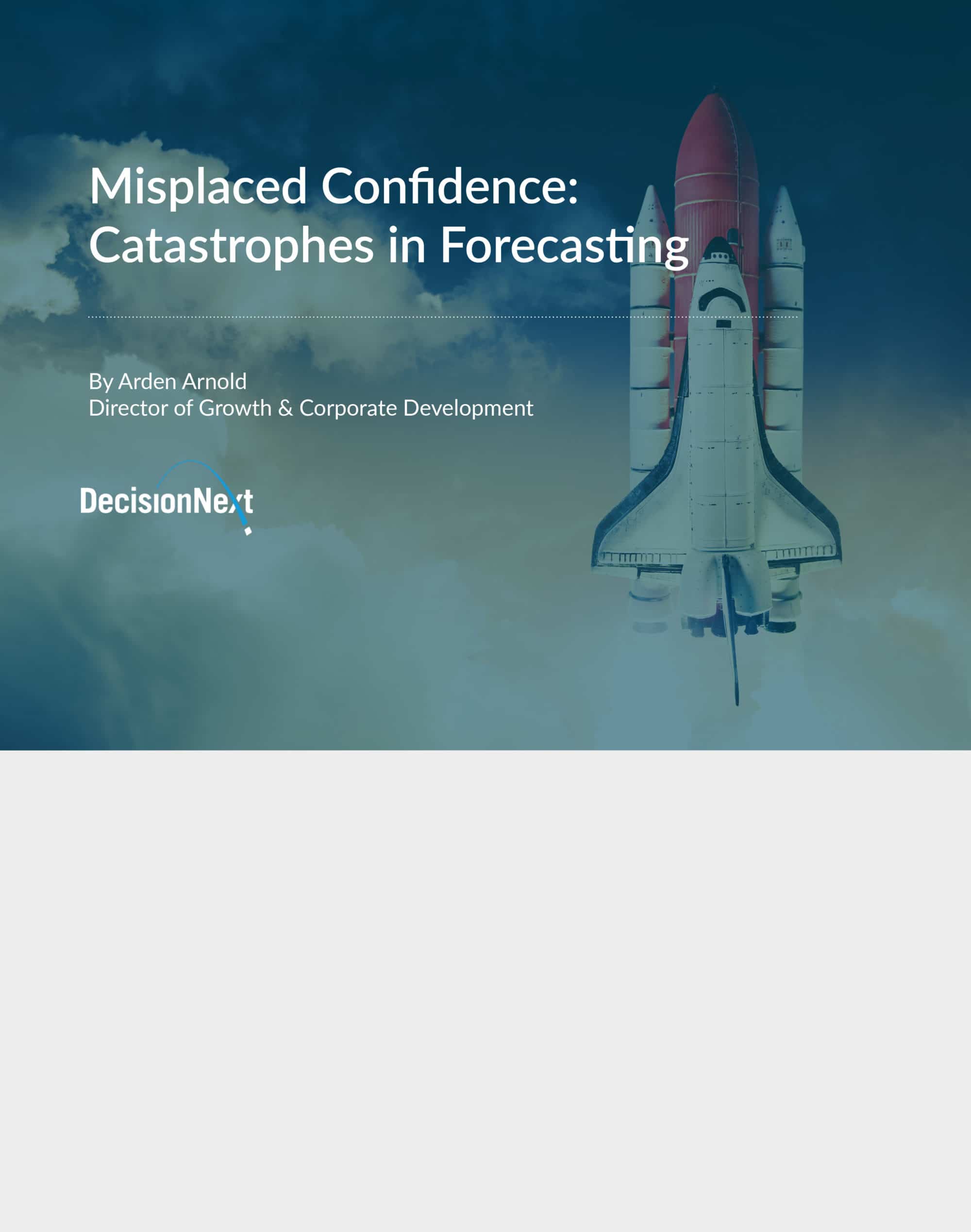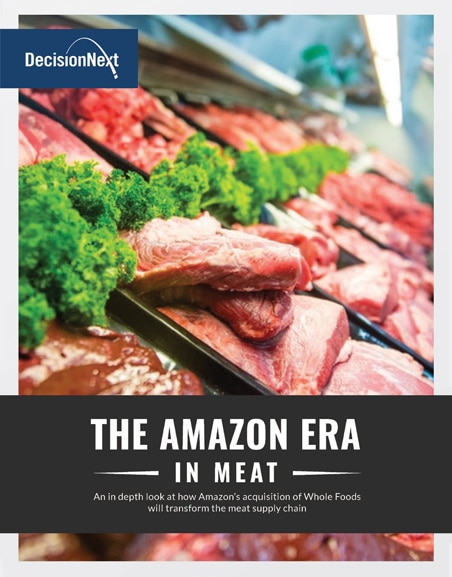How risk aware was that football forecast?
For those of you who didn’t watch the game (or have since blocked it from your memory), let me catch you up: the Colts made the decision to go for it on fourth-and-4 at their own 43-yard line…with 24 seconds left in overtime. The probable odds set the stage for the game to end in a tie (yawn!), unless the Colts pulled off a big gain. Even worse than a tie? If they didn’t convert, they would give their opponents the ball in prime territory.
Welp, you can guess what happened next.
Andrew Luck threw a pass into the turf, the Texans took over, and they made an easy, short pass down the middle to set them up for a 37-yard field goal. The Texans actually missed their first attempt of the game-winning field goal, only to have a poorly-timed Colts’ timeout allow them a do-over…and the victory.
Could a data-centric decision have made the difference?
In that moment, I wondered if the Colts’ coaching staff utilized the data at their disposal, alongside their intuition, to make the best decision. Was there a chance that, in their quickness, they overlooked the expected value, costs, and associated risk? (Never mind that they used two timeouts right before the play.) How could have predictive and prescriptive analytics served my team?
I know the highlight reel on SportsCenter typically shows us the moments where coaches take a risk on a 4th down attempt and it pays off. A postgame interview with an inspirational quote will sell us all on the idea of beating the odds. We focus on being able to achieve the statistically unlikely outcome. (Of course, there is evidence to suggest going for it on 4th down is the right move, with the right information, in the right conditions. Those circumstances are typically not fourth-and-4 at your own 43 yard line, but I digress.)
Of course, hindsight is 20/20, but I wonder if Coach Reich would have made a different choice if he had been able to quantify his confidence? Could a better combination of historical data, real-time information from coaches and statisticians, and human intuition helped him escape this game with a tie as the end result — the next best thing to a win when the other option is divisional loss?
Can companies in commodity markets learn anything from the Colts?
In commodity-centric industries, our decision-making can have more imminent effects than a football game. When we don’t use the tools at our disposal to prepare the best we can, the income statement can highlight where we went wrong.
As a new member of the DecisionNext team, I am excited to continue sharing how we are helping customers – in a variety of industries – with their dynamic forecasting. Over the coming weeks and months, expect to see product marketing announcements, more successful customer case studies, and additions to our team. My confidence in the need for this software platform continues to be reinforced as I look across an industry with which I’m closely acquainted: agriculture (think pork, beef, corn, soybeans, etc.) However, that familiarity can be leveraged in a wide range of fields in which enterprises attempt to use insights in any and all commodity markets.
I will admit: I am a sucker for a good comeback story, and as I think back on that Sunday afternoon, I fully supported Coach Reich’s decision. (To be honest, the Colts are tied for last place in the division as of this writing, so maybe this year is just a ‘rebuilding year’ — sigh.) But, as we look to the future, maybe football coaches and fans will cozy up to the idea that, when the data points you in that direction, you should just punt and take the tie.
One can only hope.
Interested in other ways that analytics are changing the game of commodity markets?









